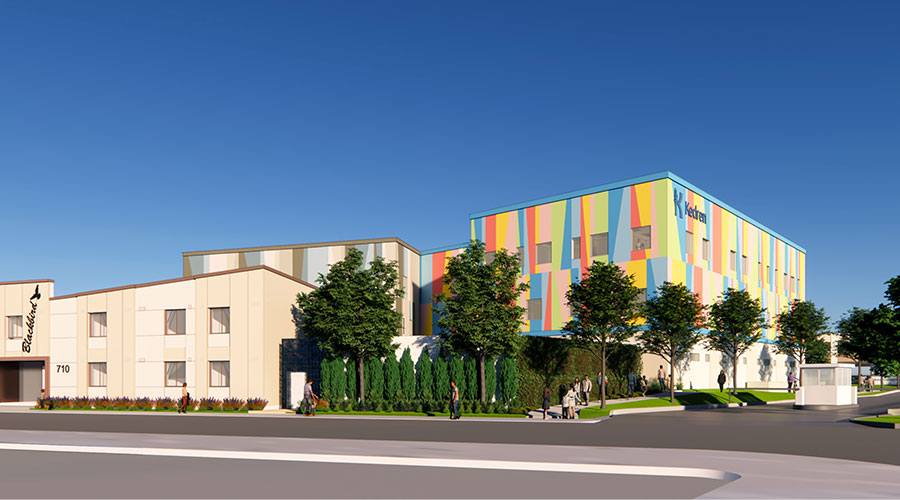At one time, healthcare foodservice was a driver of employment for low-skill, inexpensive workers who could efficiently produce and dispense large quantities of food. That simple model had been eroding even before the COVID-19 pandemic changed everything, as growing consumer demands for higher quality, cuisine diversity, customization, to-order options and expanded-hours availability was forcing onsite dining programs to adapt their operations. Add in the rising cost of labor, and it was clear even before March 2020 that how and where staff is used was going to evolve if onsite dining was to remain relevant and viable operationally and fiscally.
When COVID-19 hit, it accelerated some trends and introduced others, with the result that the composition of, and expectations for, the onsite dining workforce of 2021 and beyond is likely to be quite different from what had gone before even if things return to normal, according to Food Management.
For instance, in markets where mealtime rushes were traditionally handled by large, fully staffed dining halls, a post-COVID evolution toward more decentralization for both safety and convenience reasons will likely mean foodservice employees will have to redeploy from traditional and rote tasks to more scattered service points where finished dishes are offered over more hours.
The cost pressures associated with such diversification will probably force dining programs to seek relief through automation, centralization and outsourcing of certain functions. That will leave in-house staff to perform those duties that either can’t easily be automated, centralized or outsourced, or that add value from a business or customer relations standpoint. These include the face-to-face interaction between dining staff and customers in senior dining, where the personal touch aspect of meal service plays an important role in building community, fostering socialization and strengthening ties with the institution.
Click here to read the article.

 AI-Driven Facilities: Strategic Planning and Cost Management
AI-Driven Facilities: Strategic Planning and Cost Management  Double Homicide Suspect Hides from Police in Upstate Community Hospital
Double Homicide Suspect Hides from Police in Upstate Community Hospital McCarthy and HOK Break Ground on Kedren Children's Village
McCarthy and HOK Break Ground on Kedren Children's Village Thousands of Healthcare Workers Laid Off
Thousands of Healthcare Workers Laid Off Construction Tops Off at Hackensack Meridian Health and Wellness Center
Construction Tops Off at Hackensack Meridian Health and Wellness Center